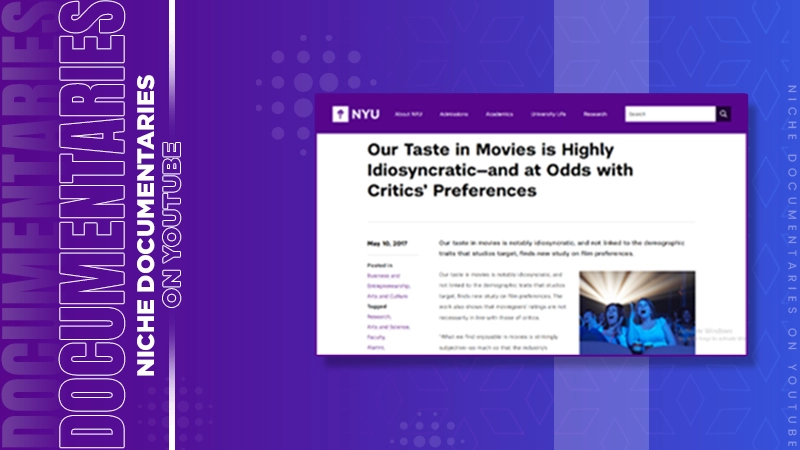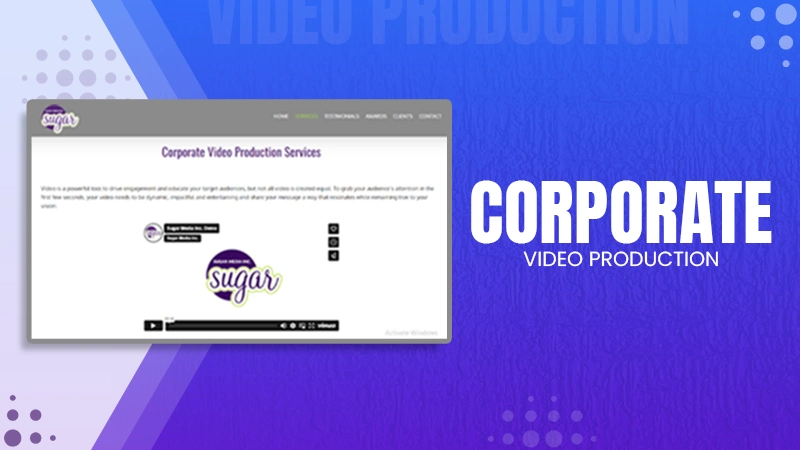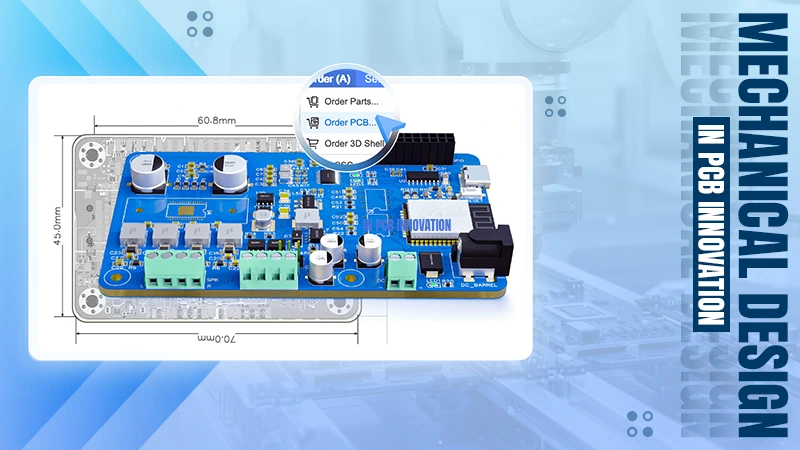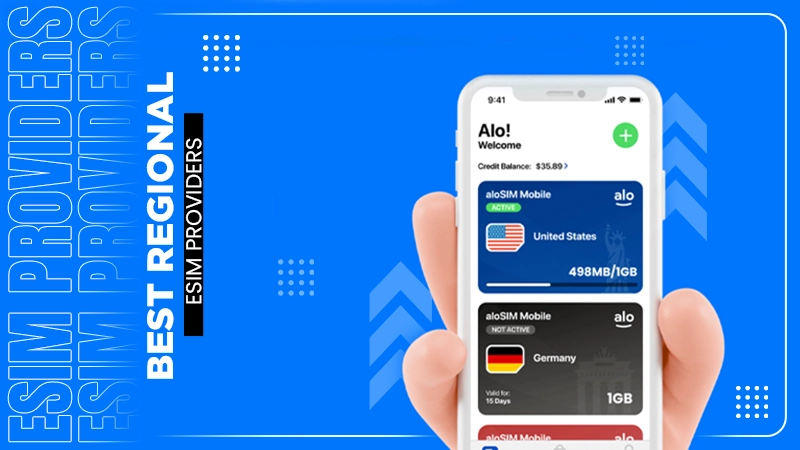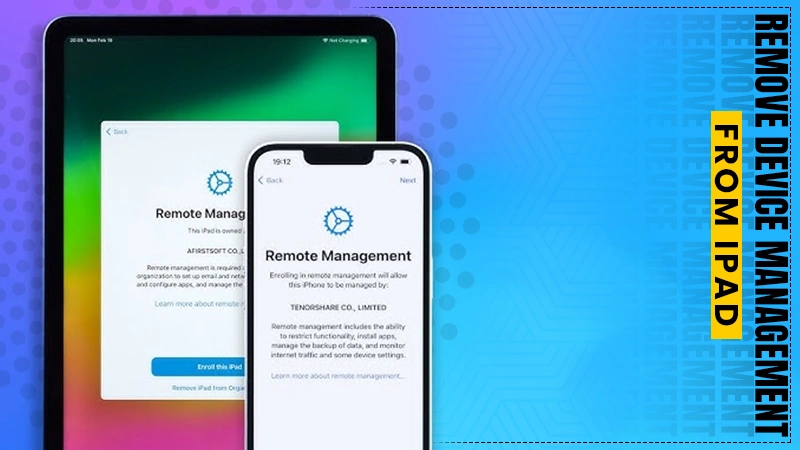5 Creative Ways to Use Flipbooks in Your Business Strategy
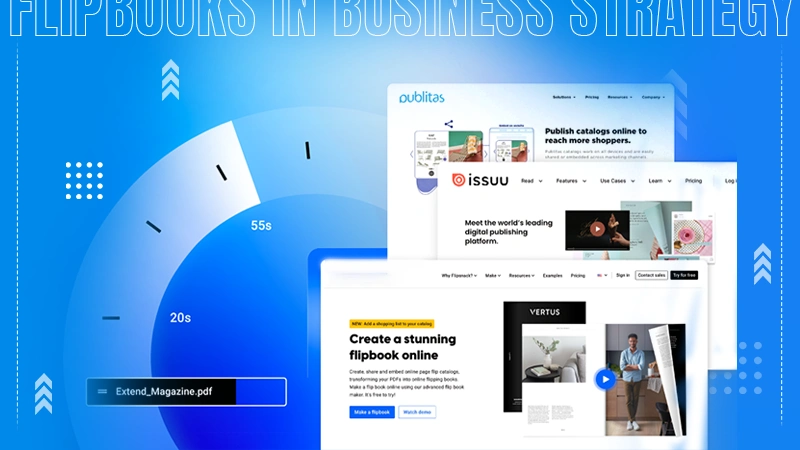
In the ever-evolving landscape of digital marketing and communication, businesses must constantly seek innovative ways to engage their audience. One effective tool that has gained traction is the flipbook. Flipbooks transform static content into interactive experiences, offering a visually appealing format that captures attention. Here are five creative ways to incorporate flipbooks into your business strategy.
1. Interactive Marketing Brochures
Traditional brochures can often be overlooked, but flipbooks provide a dynamic alternative. By converting your marketing materials into an interactive flipbook, you can enhance engagement and provide an enjoyable user experience. These digital brochures allow potential customers to flip through pages, zoom in on images, and click on links for more information. This interactive approach not only captures attention but also encourages users to spend more time engaging with your content, ultimately increasing the chances of conversion.
2. Visual Product Catalogs
A well-designed product catalog is essential for any retail business, and flipbooks offer a modern twist on this classic tool. With a digital flipbook catalog, you can showcase your products in an appealing format that allows customers to browse easily. Incorporate high-quality images, product descriptions, and clickable links for direct purchasing. This format can significantly improve the shopping experience, making it more likely for customers to explore and buy your products.
3. Training and Instructional Manuals
Flipbooks can also serve as an effective medium for training and instructional materials. Businesses can create interactive manuals that guide employees through complex procedures or onboarding processes. These manuals can include embedded videos, clickable diagrams, and quizzes to reinforce learning. By transforming training materials into flipbooks, businesses can improve information retention and make learning more engaging.
4. Digital Reports and Whitepapers
Publishing reports or whitepapers as flipbooks can enhance their accessibility and reader engagement. Traditional PDFs often fail to hold the reader’s interest, but flipbooks can present data and insights in a visually appealing manner. By including interactive elements such as graphs, charts, and clickable references, readers are more likely to engage with the content. This not only helps to communicate your findings more effectively but also positions your brand as a thought leader in your industry.
5. Event Programs and Invitations
For businesses hosting events, whether virtual or in-person, flipbooks can serve as a unique way to present event programs or invitations. Instead of sending out standard PDFs or paper invitations, create a visually engaging flipbook that outlines the event agenda, speaker bios, and sponsorship information. This not only adds a touch of professionalism but also provides attendees with an interactive experience that can help generate excitement about the event.
Conclusion
Incorporating flipbooks into your business strategy can provide numerous advantages, from enhancing marketing materials to improving employee training. By leveraging this innovative format, businesses can create engaging and interactive experiences that capture audience attention and drive results. If you’re interested in creating your own flipbook, consider exploring tools designed for this purpose, as they can simplify the process and help you get started.
